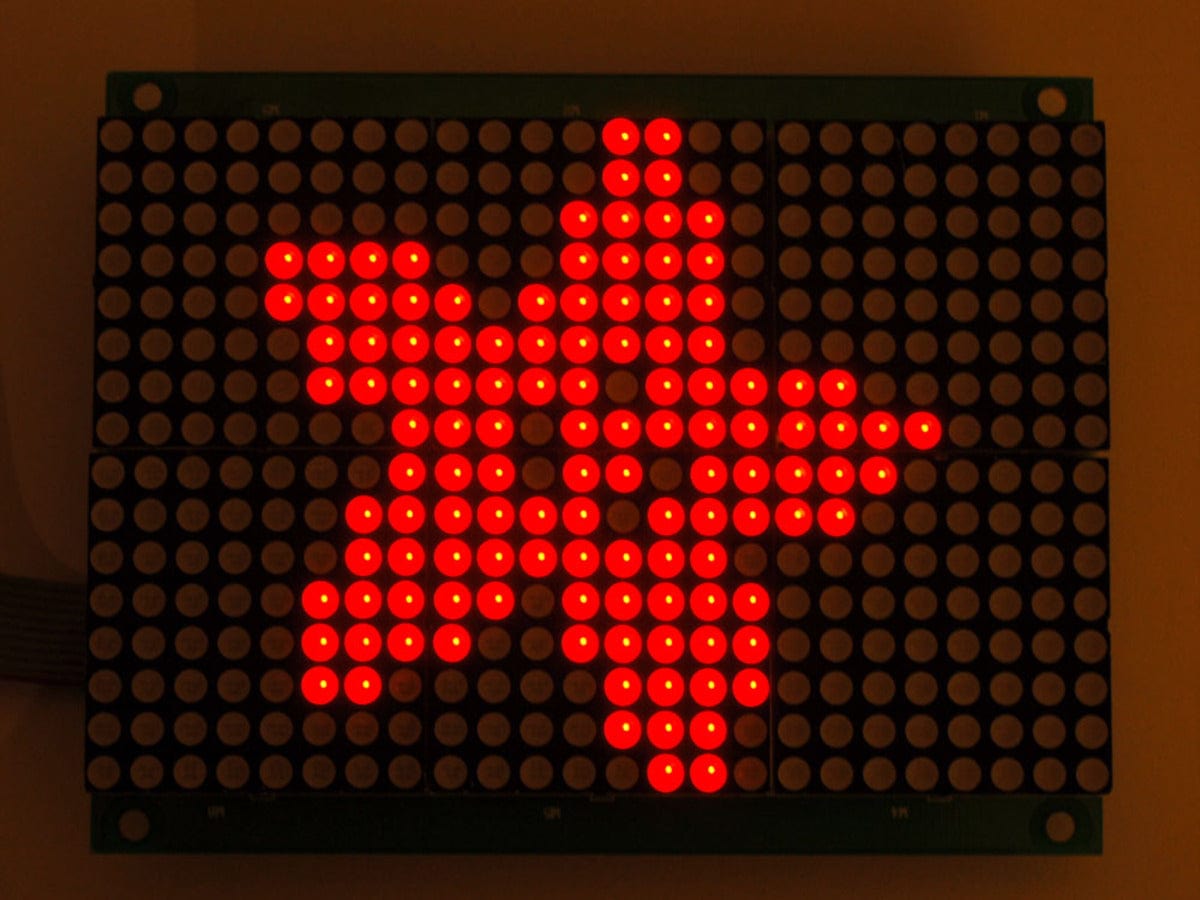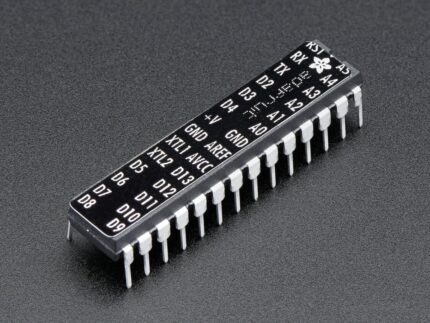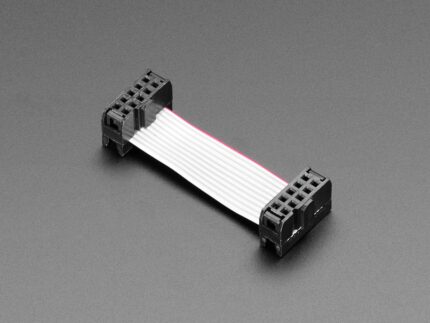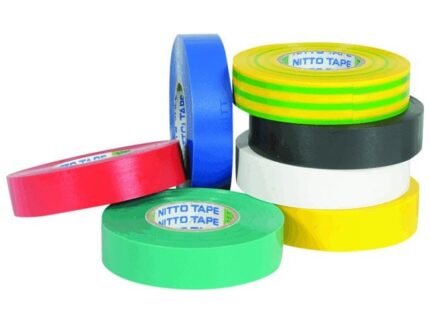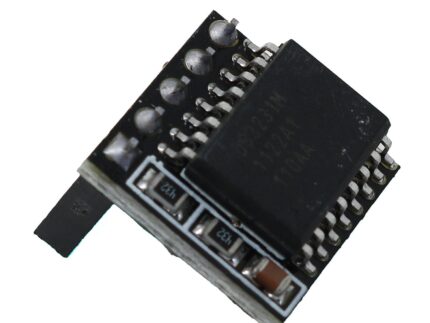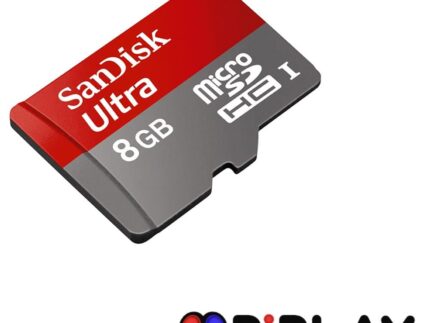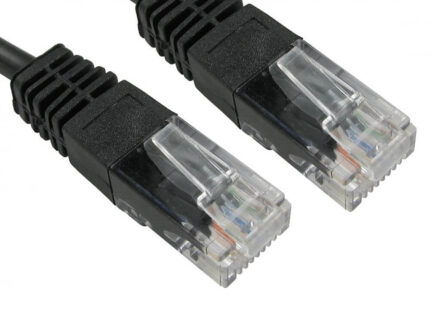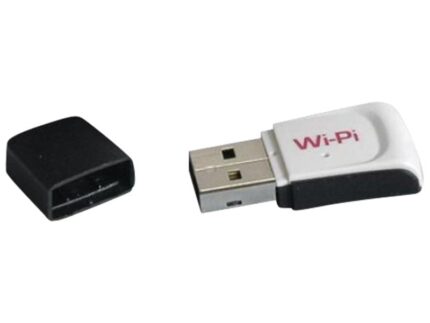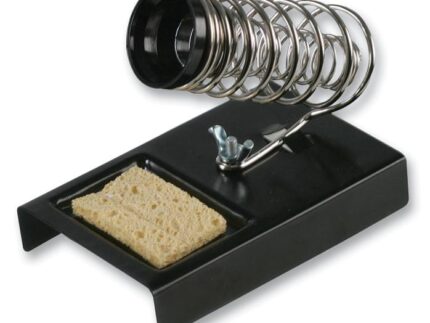16×24 Red LED Matrix Panel – Chainable HT1632C Driver [discontinued]
These LED panels take care of all the work of making a big matrix display. Each panel has six 8×8 red matrix modules, for a 16×24 matrix. The panel has a HT1632C chip on the back with does all the multiplexing work for you and has a 3-pin SPI-like serial interface to talk to it and set LEDs on or off (you cannot set the LED to be individually dimmed, as in ‘grayscale’). There’s a few extras as well, such as being able to change the brightness of the entire display, or blink the entire display at 1 Hz.
One really nice thing about this particular LED matrix module is that it is designed to be ‘chainable’ – you can connect to 8 panels together to make an extra long display.
Comes with one fully assembled and ready to go panel, and a 10-pin IDC cable. You will need a microcontroller to control the display, our tutorial uses an Arduino but nearly any microcontroller with 3 digital output pins can be used. If you want to chain two displays, you can use the two IDC cables in the packages to connect them. But for 3+ chained displays you will need more cables – check the tutorial, search for “How many Cables do I need?” for an explaination
And of course, we have written a full tutorial and Arduino library that not only takes care of controlling the display, it also intelligently handles chained displays, so that they appear to be one long matrix. The library has functions for drawing pixels, lines, rectangles, circles and text. You’ll be making it light up in 15 minutes!
Technical Details
- Requires 5V power
- 3 digital pins for one panel
- Chainable up to 8 displays, each display requires an extra CS pin (so 8 displays requires 10 digital pins)
- 4.5″ x 3.5″ x 0.7″
- 4 x 0.125″ drill mounting holes
- HT1632C driver chip
Downloads:
-
We have written a full library for using the HT1632 LED controller chip and the panels that use it, you can download it from our github repository here by clicking the DOWNLOADS button in the top right corner, rename the uncompressed folder HT1632
Check that the HT1632folder contains HT1632.cpp and HT1632.h
Place the HT1632l library folder your /libraries/ folder. You may need to create the libraries subfolder if its your first library. Restart the IDE. - HT1632C datasheet
And of course, we have written a full tutorial and Arduino library that not only takes care of controlling the display, it also intelligently handles chained displays, so that they appear to be one long matrix. The library has functions for drawing pixels, lines, rectangles, circles and text. You’ll be making it light up in 15 minutes!
